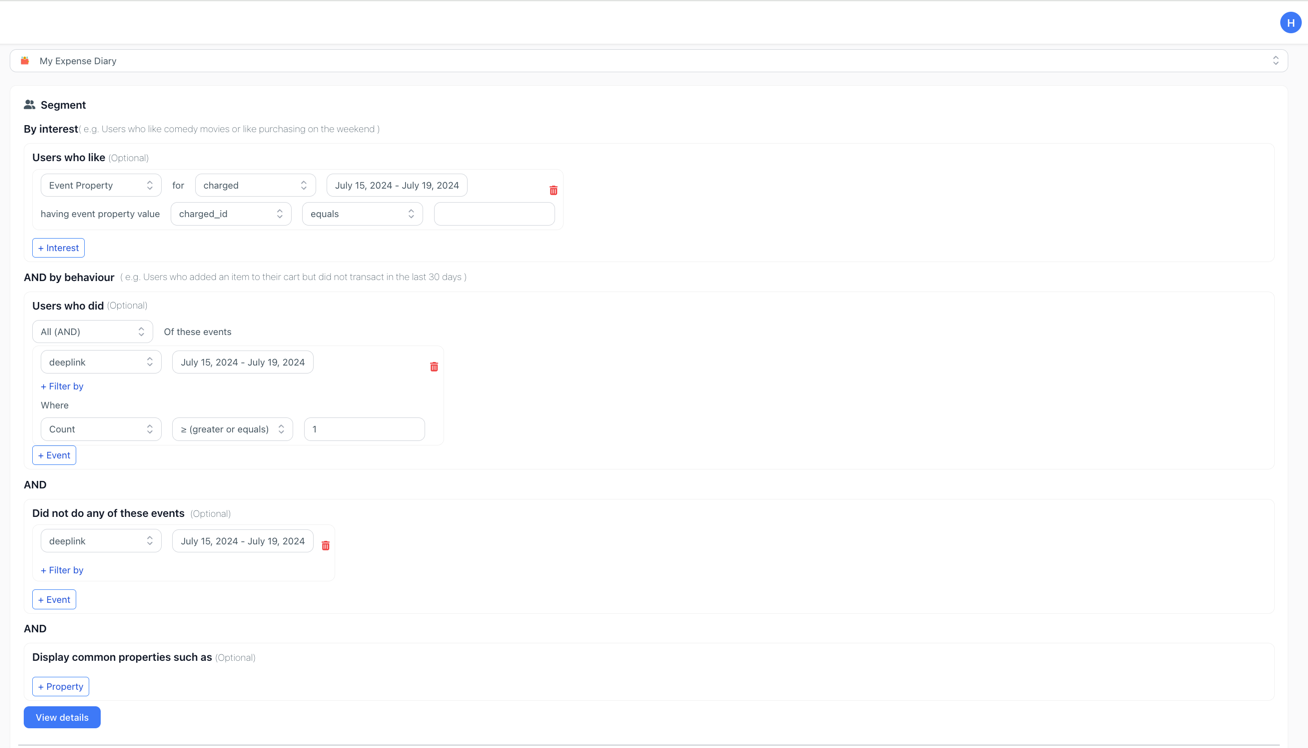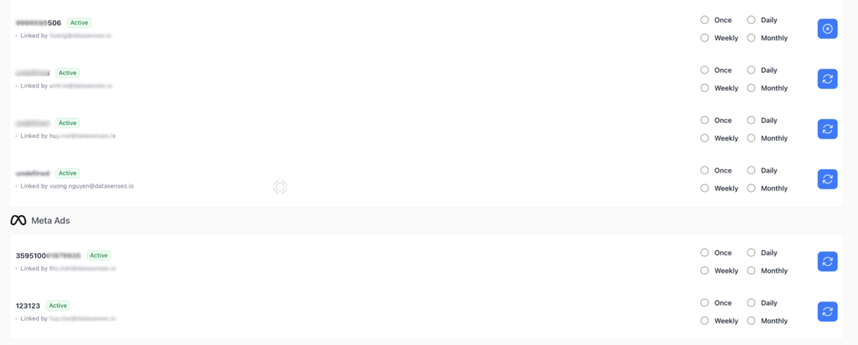Product Understanding
Segmentation & Sync advertising audience
Customer segmentation involves dividing a broad customer base into smaller, more manageable groups based on shared characteristics, behaviors, or preferences. This process allows marketers to create personalized marketing campaigns that resonate more effectively with each segment. Segments can be based on demographics, psychographics, purchase history, browsing behavior, or engagement with previous marketing efforts.

Benefits of Customer Segmentation
Personalized Marketing: Tailoring messages and offers to specific segments enhances relevance, making customers more likely to engage and convert.
Improved ROI: By focusing resources on high-potential segments, marketers can optimize their spending and improve return on investment (ROI).
Customer Retention: Segment-specific campaigns can foster loyalty by addressing specific customer needs and interests.
Syncing Audiences to Ad Networks
- Once customer segments are identified, syncing these audiences with ad networks amplifies their impact through targeted and retargeting strategies:
Targeted Advertising
- Precision Targeting: Ad networks allow marketers to upload segmented customer lists based on email addresses, phone numbers, or other identifiers.
- Customized Ads: Tailor ad creatives and messaging to resonate specifically with each segment's interests and preferences.
- Expanded Reach: Extend campaigns beyond existing customers to similar audiences based on shared characteristics, maximizing reach while maintaining relevance.
Retargeting Campaigns
- Re-Engagement: Target customers who have shown interest but haven't completed desired actions (e.g., abandoned carts or visited specific product pages).
- Sequential Messaging: Deliver a series of ads tailored to move customers through the purchase funnel, reinforcing brand awareness and encouraging conversions.
